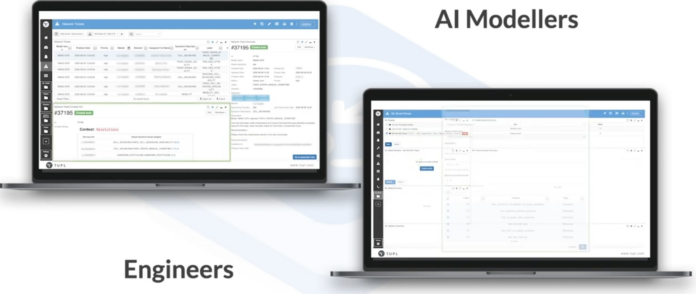Tupl taking on engineering operations automation as network complexity spikes
Founded in 2014, Tupl—based on the mathematics term “tuple” meaning a type of ordered list—has focused on AI-enabled operations automation for telecommunications network operators. In conversation with RCR Wireless News, CEO Petri Hautakangas made the important distinction between deriving insights from analytics and using that data-based insight to making a decision. “You can slice the analytics 100 different ways,” he said. But, “It can create too much noise. You have to be reaching digitalized decisions.”
In terms of telco AI products, Tupl has offerings for customer care and engineering and operations. For the latter, Hautakangas talked through Network Advisor which is designed to reduce time spent on manual tasks that sit with network engineers, things like monitoring performance, troubleshooting, cluster optimization, going through iterative processes to fix issues, and so on.
“Engineers, they have a high bar. They are responsible for network actions,” he said. Hautakangas laid out a “chicken and egg problem” emerging due to increasing network complexity in a time when workforces are contracting and experts are retiring. “It’s a fruitful area, looking at automation engineering work in a drastic way. We have seen a huge uptick in interest in this Network Advisor area.”
In terms of how the solution is tailored to the needs of particular customer, including getting institutional knowledge from network engineers and putting it into a decision engine, Hautakangas emphasized the need to co-create models with Tupl customers. “It’s always a customer-specific logic even though KPIs are the same,” he said. “But the decisions are customer-specific. They drive it.”
In the push to do this in a closed-loop fashion, the CEO gave the example of detecting an issue with radio performance, automatically detecting the root cause, then sending standardized information out to field operations staff who have everything they need to fix the issue in a single touch. “It’ll take a while to go from open to closed loop,” he said. “But I don’t see resistance from the engineers to go to closed loop.”
Beyond the Network Advisor solution, Tupl also has tools for automation of power savings, RF shaping, unified performance management and NOC automation. In terms of how operators are directing their telco AI spend, Hautakangas said the thinking is less about budget and more about addressing pain points in a manner with a clear ROI. “Everytying should be paid in a few months time by savings generated, by efficiencies generated, by the system,” he said. “We actually challenge our potential customers always, right after the kind of problem statement…let’s look at the numbers. How big of a problem is this? Then we can figure out if this has legs for automation. Qualitative arguments don’t fly.”
Beyond telco, but also as a function of telco in some cases, Tupl has offerings for agriculture, healthcare, industry and utilities. The bigger picture here is telcos working overtime to develop enterprise business and attendant new revenue. Hautakangas said Tupl recently went through the first commercial implementation in Europe with a group of operators taking on agricultural process automation.
But regardless of the industry, “AI is a means to an end,” Hautakangas said. “Analytics and insights don’t bring too much value. The value comes from going beyond that to making decisions.

